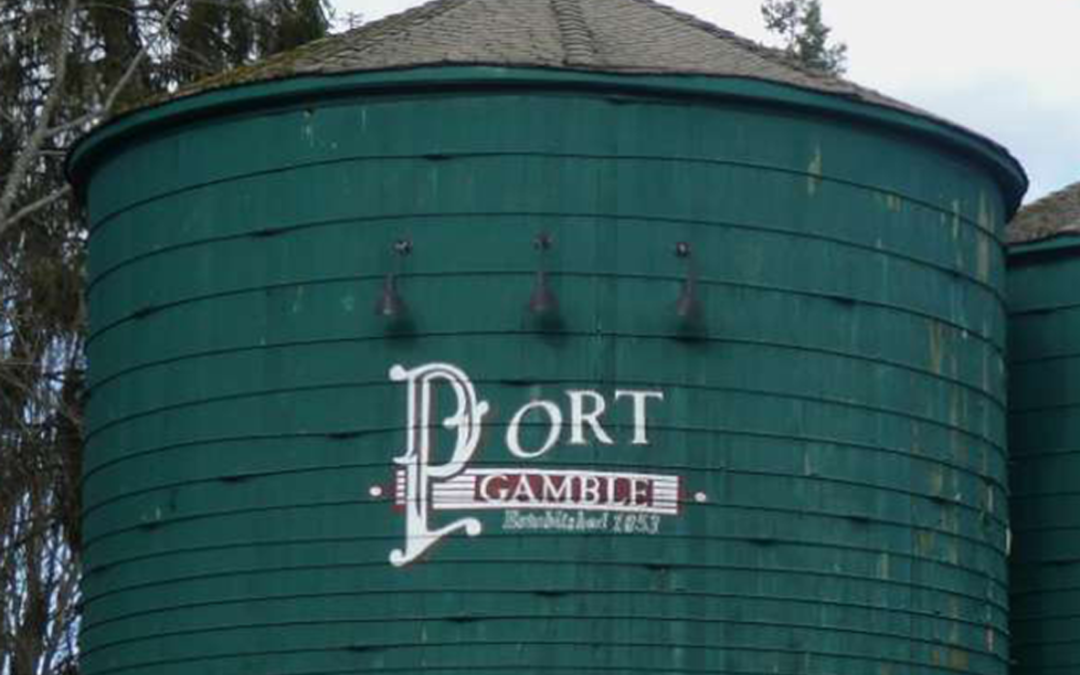To eat this autumn season, purchase local fruits, vegetables, and meat and dairy products directly from local farmers at a Farmers Market or through a Community Supported Agriculture (“CSA”). Buying directly from a family farm allows the farmer to earn a far better return on their work than selling through wholesale channels to grocery stores. More importantly, as the vagaries of 2020 has shown, supporting the local food economy helps families and businesses in our hometown survive building a stronger, more resilient community for all of us. The best part of eating locally grown food is it tastes so good! Pears are sublime and sweet! Brussels sprouts are frost-touched sweet and bitter at the same time! Apples crunch!
With the unending need to adapt to the uncertainty and sometimes the tumult of each day, 2020 has strengthened my resolve to purchase goods and services directly from local producers and small businesses to support the community where I live. Gardow Consulting, LLC has also worked on two projects that strengthen the local food economy–Port Gamble Master Plan and Rooted NW.
Living Adjacent to Where Our Food is Grown
Port Gamble Master Plan on the Kitsap Peninsula and Rooted NW in Snohomish County near Arlington are two new local agri-hood projects. Both projects are creating opportunities in very different ways for families to live in close proximity to where their food is grown. (This blog post will focus on Port Gamble.)

An agri-hood is a shorthand term for an agricultural residential neighborhood. The agri-hood concept is still in its infancy in the United States, but is gaining credence in all regions of the country. In actuality, agri-hoods are a very old concept, as agri-hoods are how civilizations evolved more than 10,000 years ago when humans first moved from being a hunter gatherer culture to an agriculture culture. Agriculture took root when the first farmers started tilling the soil and not moving seasonally to find food. Neighborhoods, towns and cities grew adjacent to (and sometimes on) fertile ground that had a plentiful water supply.
In the U.S., it wasn’t until after World War II and the advent of improved transportation systems that fresh perishable foods could be stored, trucked, and flown expeditiously to their final destinations. It was no longer necessary to grow or raise a locally grown mix of fruits, vegetables and animal products, as food could be stored remotely and transported long distances serving multiple markets. About 50 years ago with the advent of efficient transportation systems, growing food on mono-cropped fields became prevalent and is still the norm. Mono-cropping is where one crop or product is grown on vast acreages often triggering the need for fertilizers, herbicides and fungicides because there is no crop diversification to help with bug and disease management. Bad bugs and invasive fungi love finding large acreages of mono-cropped fields to call home and do massive damage.
Now with a greater understanding of how food is grown, eaters are expecting and demanding more sustainably grown food. Growing food in an agri-hood where people live just makes sense!
Port Gamble Master Plan
Gardow Consulting, LLC worked with Olympic Property Group (now Raynoir Properties) owners of Port Gamble, a National Historic Landmark and timber town since 1853, located on the western lobe of the Kitsap Peninsula hugging Port Gamble Bay. The town thrived adjacent to the former Pope & Talbot mill which manufactured and shipped lumber to local and world markets until 1995. Anyone traveling west on Washington State Highway 104 will remember slowing to 25-miles per hour to drive by the Pope & Talbot ‘company town’ homes and the quaint clapboard steepled New England style church. Just before the State Highway takes a hard left, the giant green Port Gamble water towers invite guests into the quaint small-town commercial area. The opportunity to browse the small shops, visit the farmer’s market on a summer weekend or just catch a view to Puget Sound’s open water to the north are alluring when time allows.

With Kitsap County’s October 2020 approval of the Final Environmental Impact Statement for the Port Gamble Master Plan, Olympic Property Group (“OPG”) can now act on its vision to develop the historic town to a more vibrant community, while keeping the essence of its historic village charm. One aspect of the vision is to incorporate agricultural activities on the former Babcock Farm, purchased from the original homesteading family in 2007and located southwest of the commercial center and hidden from State Highway 104. The Babcocks had grown food for the Port Gamble residents beginning in 1892. As with most small farms growing diversified agriculture it became unprofitable and the family sold the farm. Now almost 130 years since the first field was ploughed, OPG expects to bring agriculture back to the Babcock Farm to grow and provide food for the revitalized Port Gamble community.
Having recently been used for longhorn cow pasture, the Babcock Farm could grow signature fresh crops to discerning palettes in the revamped town. Perhaps Port Gamble residents and guests will sip wine from locally grown and crushed grapes, savor an on-farm grass-fed beef steak served with a medley of Babcock Farms Brussels sprouts and fresh salad greens and topped off with a delectable pear dessert.
Note: Gardow Consulting, LLC provided OPG with consulting services to bring agriculture back to Port Gamble and to create an agri-hood and is available with MetroAG Strategies to bring your agri-hood ideas to fruition. Please reach out to learn more!

